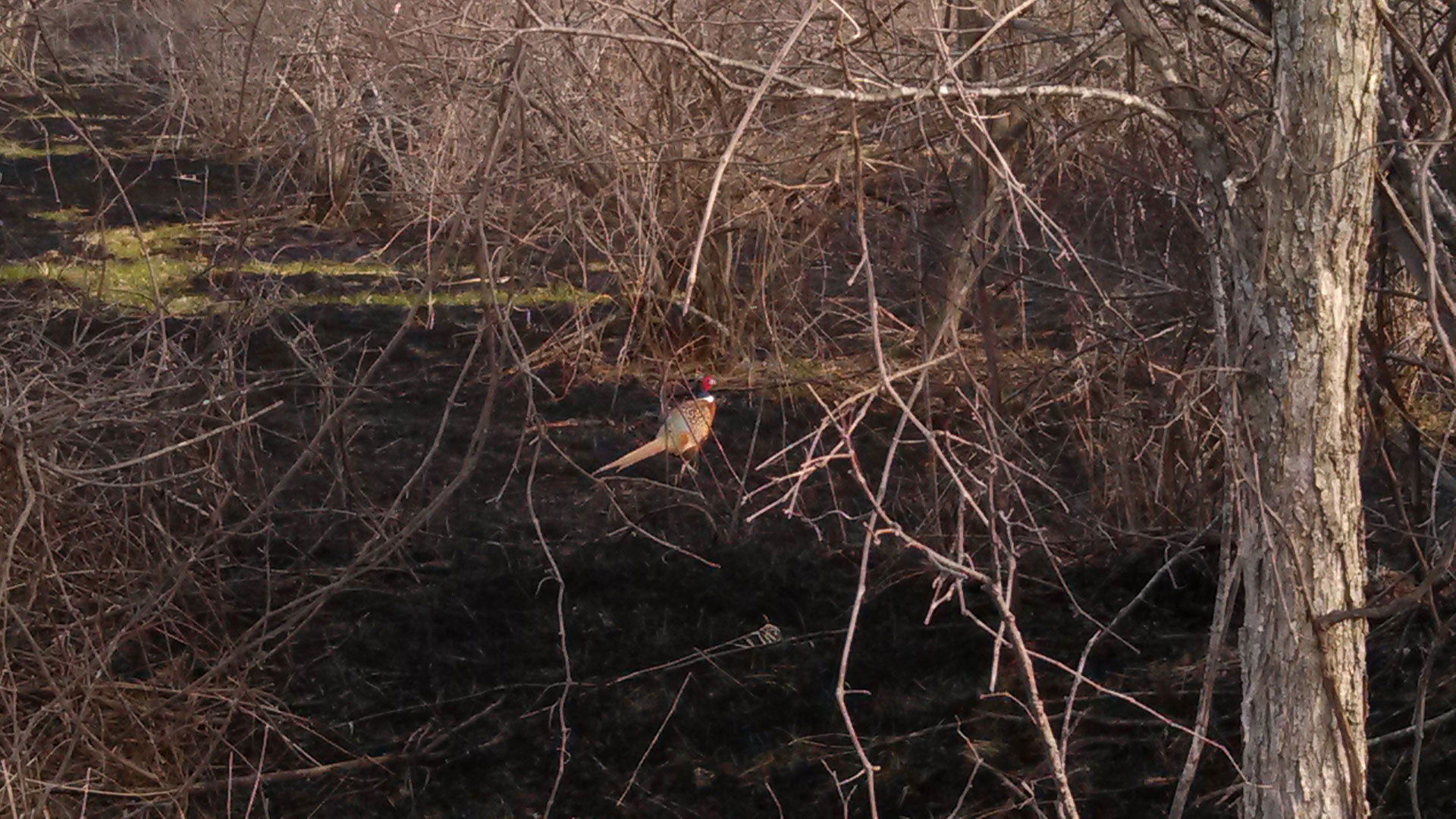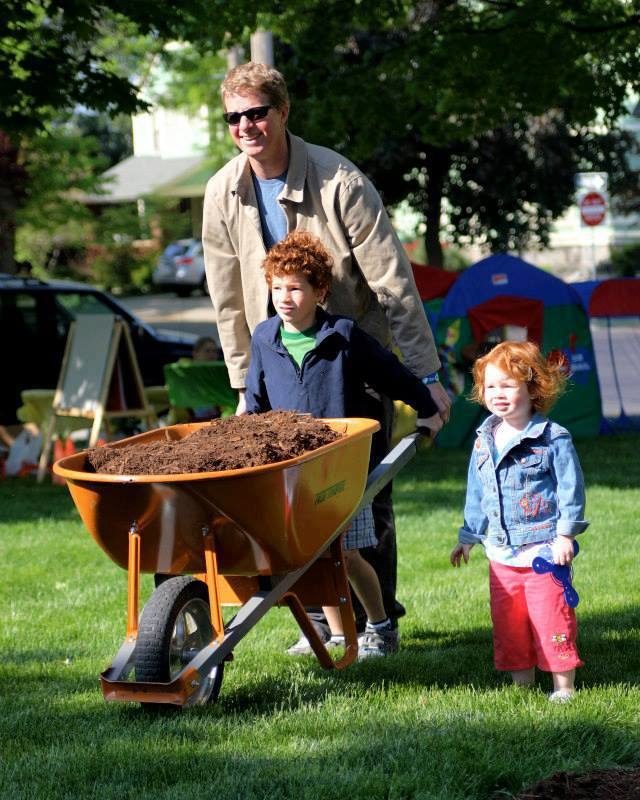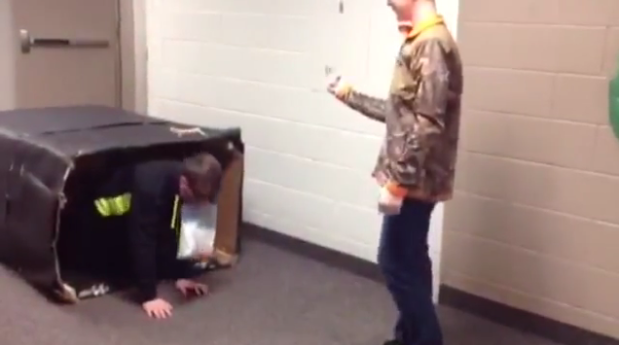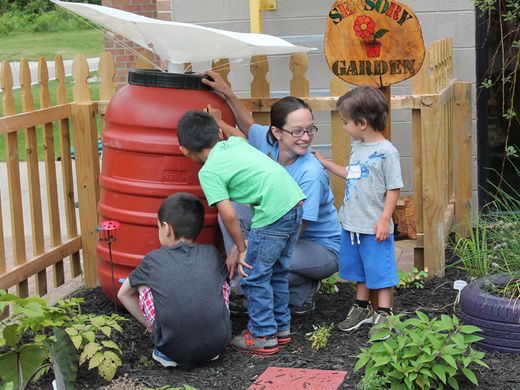Managed properly, “prescribed burns” bring new life to Michigan’s forests and fields, and invigorate wildlife habitats – even at parks in downtown Detroit
Cities and fire usually don’t mix.
But this spring, strategically selected portions of Belle Isle and William G. Milliken State Park in downtown Detroit will be set on fire in what’s known as a “prescribed burn” – deliberately set and carefully controlled fires that actually help the growth of trees, wildflowers and native grasses while improving habitats for wildlife.
“With nearly 20 million acres of forests covering more than half of Michigan’s landscape, forests clearly are a critical part of our state’s environment and economy,” said Carol Rose of the Michigan Wildlife Council (MWC).
“When forests are not well-managed, they are often unhealthy and unproductive because of overcrowding, disease, insects and competition for light, water and nutrients,” Rose said.
“As a result, our natural areas have a tendency to become thickets of shrubs or invasive plants with very little diversity,” she added. “Fire clears the way for native plants by helping to control these invasive plants and enrich the soil.”
In addition to revitalizing wildlife habitats, experts say prescribed burning helps with brush management and preventing wildfires that potentially jeopardize public safety.
“Fire’s not the answer to everything, but it definitely has its place,” said Dan Laux, a wildfire management specialist with the Michigan Department of Natural Resources (DNR) Forest Resources Division.
Sparking hope
In 2016, the DNR conducted 75 prescribed burns over 8,200 acres of state parks and forests. This year, 200 DNR burns are slated across Michigan.
At Belle Isle and Milliken State Park, the burns on tap for 2017 are designed to reinvigorate growth in marsh and lakeplain prairie grass areas that will be a boon for waterfowl and wildlife-watching aficionados.
“A prescribed burn will reduce the thatch and the dead litter that builds up over years,” Laux said. “When you’re burning that fuel, it adds nutrients to the soil that encourages plant growth. It’s like rotating a farm field; when you vary the crops, it replenishes the soil.”
The DNR has considered prescribed burns at Belle Isle and Milliken State Park for some time. As with all prescribed burns, maps, photos and site surveys help determine the best way to control the fire and still achieve the desired outcomes.
If the weather cooperates, the Detroit burns could take place anytime from March through May. Spring is the best time for prescribed burns because dead, dry grasses carry fire well; green vegetation is less flammable.
The Milliken State Park burn will cover about 3 acres of native wetland that’s being choked out by invasive phragmites plants.
“The burn will reduce that thicker vegetation and allow more of the open pockets of water, where the ducks and geese and other critters like to hang out, swim and feed,” Laux said.
On Belle Isle, there’s a 7-acre section north of Blue Heron Lagoon that’s scheduled for a prescribed burn. It’s the first burn conducted by the DNR since the historic island became Michigan’s 102nd state park in 2014.
“That section has a pretty good diversity of native prairie grasses and flowers, and a whole suite of species that probably occurred in the Detroit area even before Europeans arrived there,” said Glenn Palmgren, a Michigan DNR ecologist.
“Our objective is to (remove) anywhere from 20 to 80 percent of the invasive shrubs and small trees, and stimulate lakeplain prairie grasses and wildflowers.”
After the smoke clears, new plant growth will emerge within days on this new, clean slate.
Why do we burn?
Reintroducing fire can give Mother Nature a helping hand, experts agree.
Prescribed burning is just one of several methods used to manage Michigan’s ecosystem. It’s a science-based practice that involves careful planning, community involvement and appropriate safety measures.
Months and sometimes years before the moment of ignition, fire management professionals in the federal, state, local or private sectors develop a burn plan to accomplish specific conservation or land management goals. Fire specialists conduct these carefully monitored burns to enhance tree growth, prepare sites for tree planting, create “fire break” barriers and reduce fire fuels.
Healthy prairie, wetland and woodland systems have diverse varieties of plant and animal life. But in the absence of fire, the survival of these natural areas becomes at risk, jeopardized by thickets of shrubs or invasive plants.
Smart fires encourage forest regeneration, according to the Michigan Prescribed Fire Council .
The Michigan Prescribed Fire Council is a coalition of private sector and government agencies created to protect, conserve and expand the safe use of prescribed fire on Michigan’s landscape. Its membership includes wildlife and fire experts representing dozens of federal, state and local governmental agencies, as well as conservation groups including the Michigan United Conservation Clubs (MUCC), The Nature Conservancy and the Michigan Sharp-tailed Grouse Association.
Burns must meet specific objectives such as improving habitat for wildlife. Most burns result in a boost for wildflowers, native grasses, and threatened or endangered species.
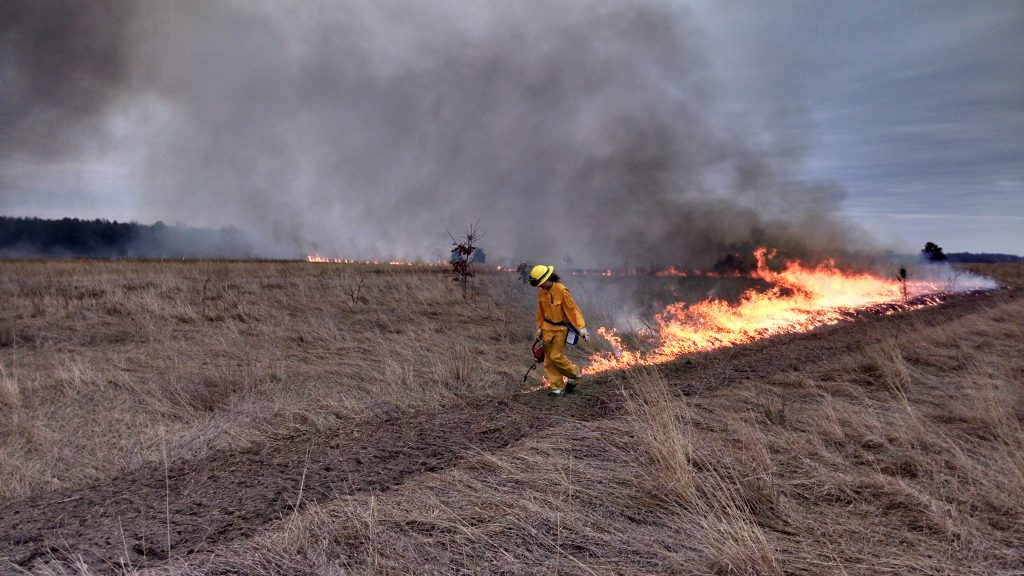
Inspired by success
The Michigan Wildlife Council is dedicated to increasing public knowledge on how wildlife and Michigan's outdoors are managed and funded so that we can continue to enjoy them for generations.
Rose, a member of the MWC since its inauguration, said she’s witnessed the extraordinary results from a prescribed burn in the central Upper Peninsula at Danaher Plains, an area managed for sharp-tail grouse and other animal species.
“Invasive plant species were eradicated; the blueberry crop was off the charts the next season, which brought in all kinds of wildlife including bear, assorted grouse species and any kind of critter that enjoys blueberries,” Rose said. “Additionally, native wildflowers showed up for the first time in many years of hiking these plains.”
Butterflies bloom after smart fire
One of the biggest success stories the DNR’s Laux has seen was a prescribed burn several years ago in western Michigan’s Allegan State Game Area, which has one of the state’s biggest populations of Karner blue butterfly.
Once widespread from Maine to Minnesota, the butterfly is now a federally listed endangered species and a threatened species in Michigan. The DNR, U.S. Fish & Wildlife Service and U.S. Forest Service are working with conservation groups and private landowners to manage habitats more conducive to the butterfly.
Females lay their eggs only on or near wild blue lupine plants because their larvae (caterpillars) will feed on only lupine leaves and flowers. So a Karner blue butterfly’s life revolves around the plant.
“But if an area becomes overgrown with trees, the lupine can’t grow, and Karner blues have no place to lay their eggs,” said Dan Kennedy, DNR endangered species coordinator.
The DNR Wildlife Division hires students to do census work at Allegan to see how many Karner blue butterflies are there.
“One year, they found zero butterflies in this one particular section of the game area,” Laux recalled. “But after our burn, they did their count, and there were hundreds and hundreds of Karners.”
